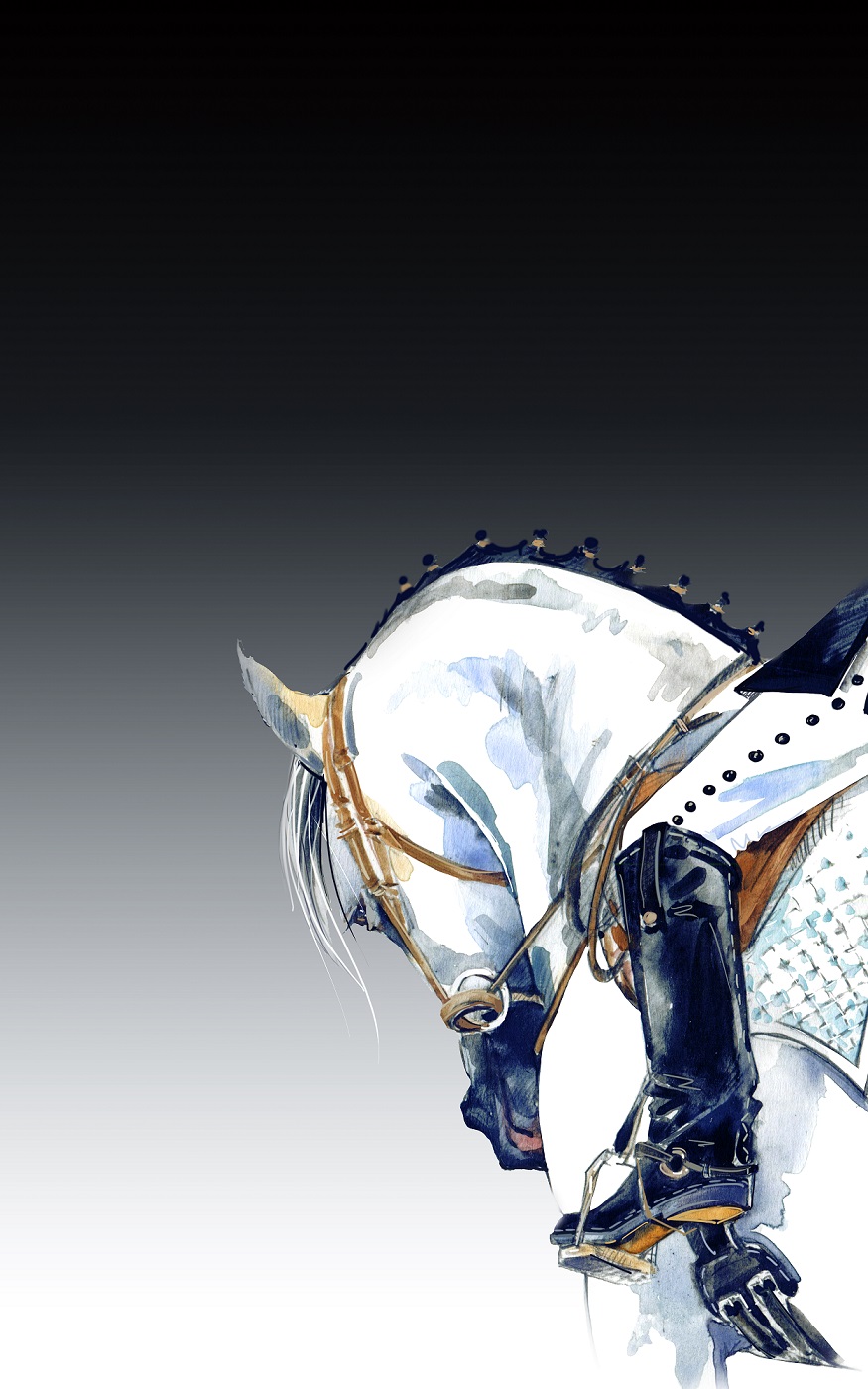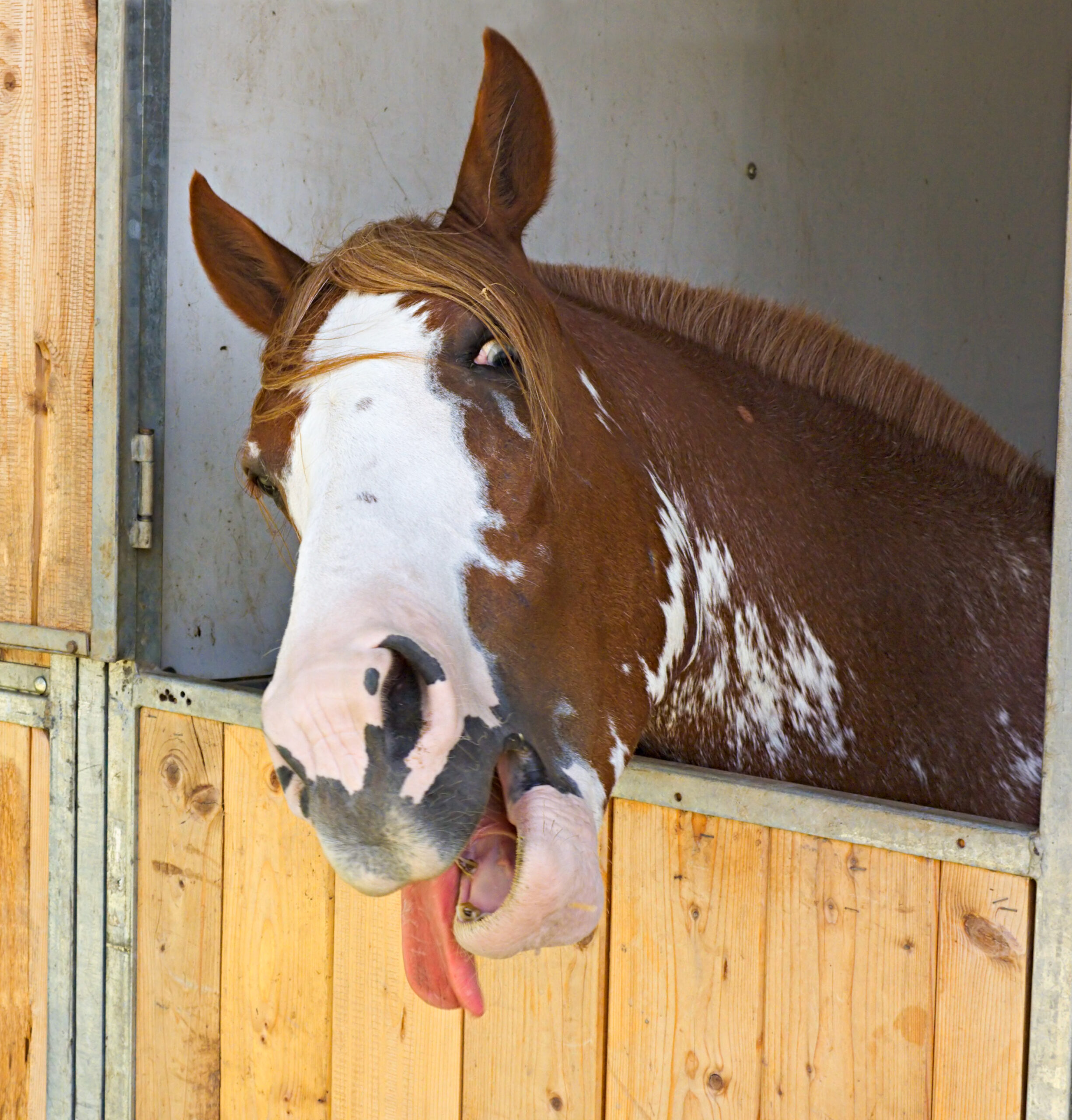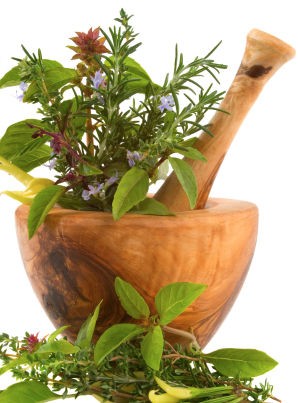
7 Dressage Tips

1. TO E ANGLE
E ANGLE
One big problem that many novice riders can have is the toe angle. In many beginners, they often point outwards. And if you try to turn your foot at your knee and ankle this just doesn’t work for long, or it will eventually cause joint ache. A good way to help encourage your toe to point forward instead of backwards is to raise your leg off your horse and rotate your leg at your HIP turning it inwards. This will help you to get that toe pointing forward more naturally.
2. VOCALISE.
For some reason, people seem to feel they can’t talk to a horse while riding. Horses don’t do telepathy that well. One of the best things you can do for your communication between you and your horse is established a small vocabulary with them. Yes and No’s are the most important. When they do right tell them, YES and over time it’ll make it so much easier for you and your horse to understand each other. Also, singing a good rhythmic song can help you keep yourself and your horse at a steady pace. Quite basic really, but so effective.

3. SQUARE HALTS
This can be a big problem for many people and not only in the squareness but also just standing still! The best way to get this is by consistency. Work on your horse learning to always stand square; you can do when you are saddling your horse, or grooming, also do a lot of walks and halt in-hand work. Remember to reward and praise your horse, so they know what they did was what you were asking for.
4.TRANSITIONS- TRANSITIONS – TRANSITIONS!
One of the best to master first is the walk to halt. To be able to control every single step, especially around a corner. With transitions, horses find their balance by themselves. If you don’t have control in the walk, you won’t get it in trot or canter either. Hence this is why the walk to a halt is so important.
5. TRAINING PYRAMID.
There is lots of discussion of what should be where in the training pyramid, but one thing everyone agrees on is that it’s vital that each level is consolidated properly. If you skip steps, or only half do them, you’ll weaken your foundations, and this can cause a horse to break down or struggle harder at the higher levels. Be patient as the better your foundations are, the smoother and faster you’ll climb to the top!
6. DISOBEDIENCE.
Horses are for the most part good-natured, overwork or pain may more often cause insubordination rather than by disobedience. The rule should govern the amount of work given that the horse should return to his stable as fresh as when he left it. If he stands tired and dejected in his stable for hours after work, it will be a warning that his rider should not overlook. ~ Quote by Alois Podhajsky (former director of the Spanish Riding School in Vienna)
7. PERFECT CIRCLES.
Try using spray paint or witches hats. Mark the center of your circle with a stick and use a string on a line to draw/mark out a perfect circle. Ride the FULL circle and don’t switch off half way on thinking of the next movement. Know exactly where you want hoof placement and literally map it out and spray the area with paint. Stop guessing and work on accuracy and your scores will improve.




